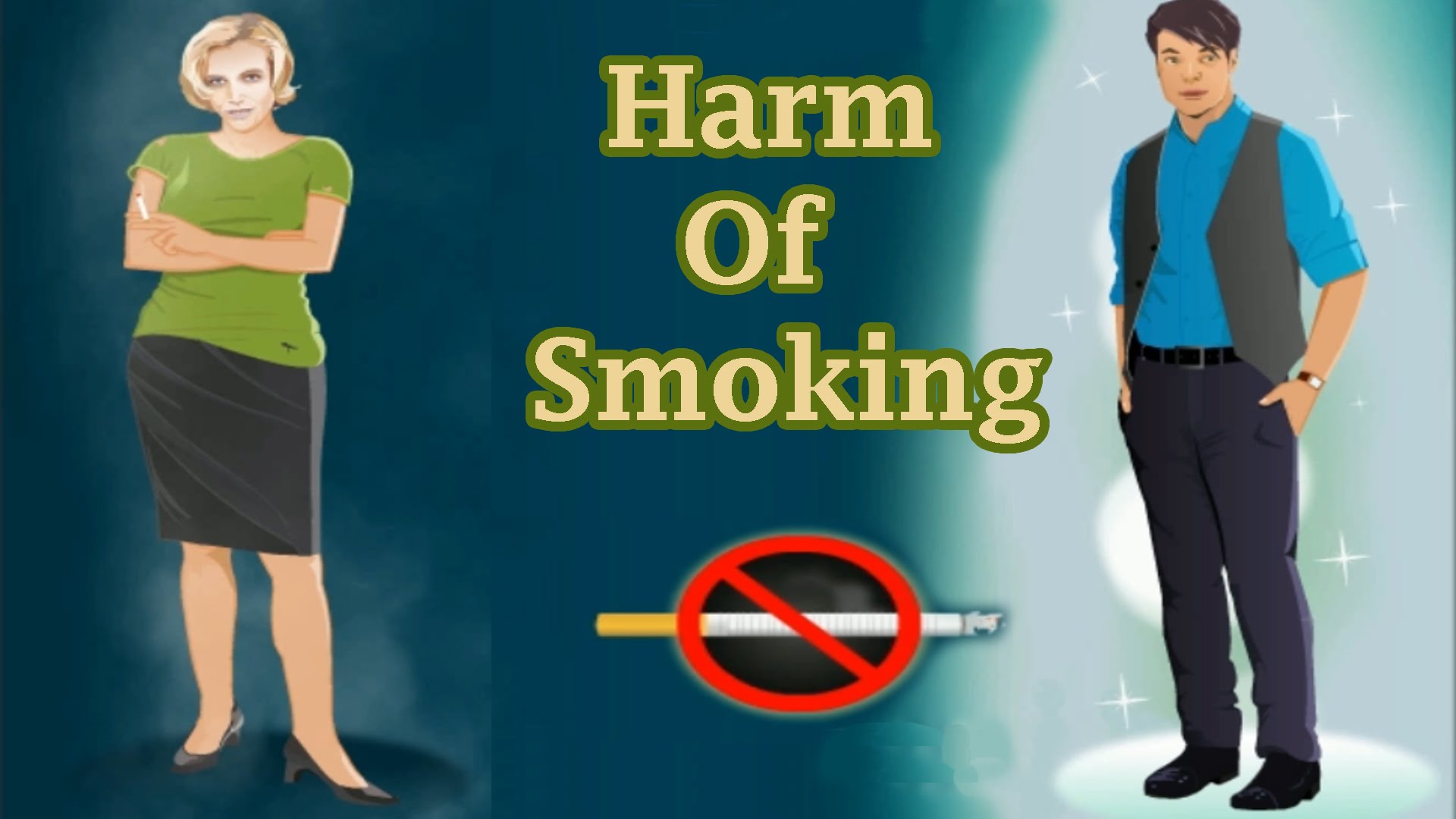Chemicals in Cigarettes, Poisons in Tobacco and Cigarettes
The deadly chemicals in cigarettes, the chemicals in tobacco, the poisons in cigarettes, and the poisions in tobacco comprise over 4,000 cigarette chemicals, including many well known poisons.
Cigarettes contain 43 known cancer-causing (carcinogenic) compounds and 400 other known toxins. Cigarette smoke is deadly. The Environmental Protection Agency could arrest you for putting these poisons in cigarettes into the ground, yet tobacco advertising urges you to breathe them!
Smoking cigarettes means small amounts of these deadly chemicals in cigarettes and poisons in tobacco are spread around and stored in every tissue and cell in your body where they can speed up the growth of cancer cells and degenerative diseases.
Filters do not remove any of these deadly chemicals in cigarettes or poisons in tobacco. They are just a marketing ploy to trick you into thinking you are smoking a safer cigarette. Most of the chemicals inhaled in cigarette smoke stay in the lungs.
Cancer causing chemicals are added to improve the bitter taste of tobacco.
A chemical similar to rocket fuel helps keep the tip of the cigarette burning hot.
Ammonia, sucrose, cocoa, and citric acid are added to cigarettes to help nicotine vapour be absorbed through your lungs more quickly to speed the nicotine ‘hit’.
Increasing the impact of nicotine by adding ammonia is called ‘free-basing’, which is similar to the chemical process used to heighten the effects of cocaine.
Fungicides and pesticides help to prolong the shelf life of cigarettes. These can cause many types of cancers and birth defects.
Some deadly chemicals in cigarettes and poisons in cigarettes are added to make you better able to tolerate toxic amounts of cigarette smoke, with the intent to keep you addicted to nicotine.
Chemicals in Cigarettes and Poisons in Tobacco
- Acetone is one of the chemicals in cigarettes. Acetone is used as solvent, for example in nail polish remover.
- Benzene which is used as an industrial solvent in fuel, dyes, synthetic rubbers, etc. Known to cause cancer in humans, benzene is particularly linked with leukaemia.
- Cadmium is a very poisonous metal, commonly used to make batteries. “Repeated or long-term exposure to cadmium, even at relatively low concentrations, may result in kidney damage and an increased risk of cancer of the lung and of the prostate.” US EPA
- Formaldehyde is used to preserve dead bodies. Formaldehyde is a known carcinogen in cigarette smoke, and also causes respiratory and gastrointestinal problems.
- Hydrogen cyanide is one of the most toxic deadly chemicals in cigarettes and poisons in tobacco. Short-term exposure to hydrogen cyanide can lead to headaches, dizziness, nausea and vomiting.
- Lead is a highly toxic metal, capable of causing serious damage to the brain, kidneys, nervous system and red blood cells. “Children are particularly vulnerable because lead is more easily absorbed into growing bodies and the tissues of small children are sensitive to its effects. Lead exposure in children can result in delays in physical development, lower IQ levels, shortened attention spans and increased behavioural problems” US EPA.
- Mercury vapour is another of the poisonous deadly chemicals in cigarettes and poisons in tobacco. Inhaling mercury vapour may lead to shakiness, memory loss and kidney disease.
- Nickel causes increased susceptibility to lung infections.



